
Sorry, your browser is not compatible with this application. Please use the latest version of Google Chrome, Mozilla Firefox, Microsoft Edge or Safari.
Environment content

Single-use Plastics in Colorado
Colorado continues to take meaningful steps to reduce plastic waste, focusing on how single-use items like bags, bottles, and foam containers impact the environment. The state’s Plastic Pollution Reduction Act…
Learn More


Data Center Energy Impacts and State Responses
As AI adoption accelerates, data centers are rapidly expanding and driving some of the fastest-growing electricity demands in the country. States are now grappling with rising power costs, grid strain,…
Learn More


Air Pollution Regulation in Colorado
Colorado’s approach to air pollution regulation blends federal Clean Air Act requirements with state-driven programs aimed at reducing harmful emissions and improving public health. The state continues to grapple with…
Learn More


Systemic Sanitation and Environmental Failures at...
This investigative white paper, published by New York Airport News, examines nationwide lapses in airport sanitation, environmental compliance, and contractor oversight. Using the November 2025 UPS cargo plane crash in…
Learn More

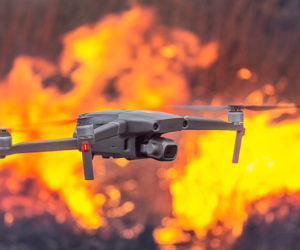
Drought, Deluge, and Data
Communities around the world are being pushed to rethink how they prepare for floods, droughts, and other extreme climate events. This report highlights real-world examples—from Texas to Jakarta—where governments and…
Learn More


Preventing Wildlife Rabies Saves Lives and Money
Rabies remains a deadly threat to people and animals, with wildlife accounting for over 90% of U.S. cases. USDA’s Wildlife Services leads large-scale oral rabies vaccine (ORV) programs, dropping millions…
Learn More


Research Needs for a Secure and Prosperous Arctic
The Arctic is emerging as both a strategic frontier and a rapidly changing environment, requiring research that strengthens U.S. security, communities, energy resilience, and economic stability. With Alaska’s vast natural…
Learn More

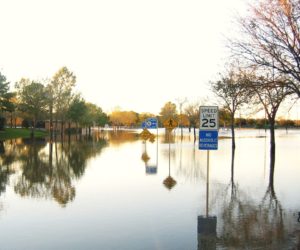
Texas Floods July 2025
In early July 2025, Tropical Storm Barry unleashed torrential rain across Central Texas, the Hill Country, and the Concho Valley, pushing rivers like the Guadalupe to major flood stage. Communities…
Learn More

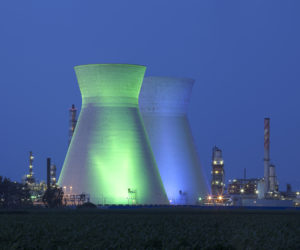
Carbon Credits: Limited Federal Role in Voluntary...
The GAO examined the voluntary carbon market, where organizations buy credits to offset emissions, but found ongoing concerns about integrity and transparency. Studies show many credits may not represent real…
Learn More


Implementation Plan 2025-2026 for the Arctic...
The 2025–2026 Arctic Implementation Plan builds on the U.S. Arctic Research Plan, outlining near-term priorities that support resilient communities, sustainable resource management, and stronger research partnerships. It emphasizes collaboration with…
Learn More


Consumer Prices
Aging offshore oil and gas platforms in the Gulf of Mexico pose growing risks to safety, the environment, and taxpayers. This GAO report calls for stronger federal oversight and coordination…
Learn More

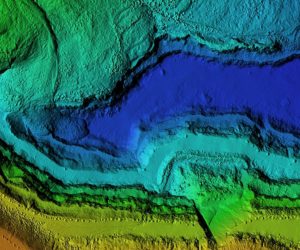
The U.S. Geological Survey National Streamgage...
In 2024, the U.S. Geological Survey operated over 12,000 streamgages to monitor surface water conditions across the country. These instruments collect river height and streamflow data—most of it updated in…
Learn More

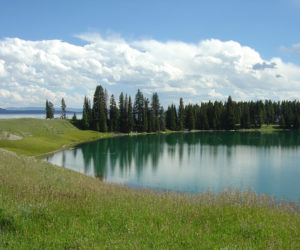
Executive Order 14313: Establishing the...
A new Executive Order establishes the President’s Make America Beautiful Again Commission to restore and protect the nation’s public lands and outdoor spaces. Citing deferred maintenance, reduced access, and regulatory…
Learn More


Wind-Driven Fire Spread to a Structure from...
This NIST study reveals how composite fences can rapidly channel flames toward nearby structures during wind-driven wildland-urban interface (WUI) fires. Through full-scale outdoor experiments, researchers observed how fence design, material…
Learn More


Environmental Measurements
This report explores how reliable environmental measurements are essential for understanding ecosystems, supporting economic sectors, and preparing for long-term environmental change. Through a multi-day workshop, researchers and practitioners surfaced challenges…
Learn More


